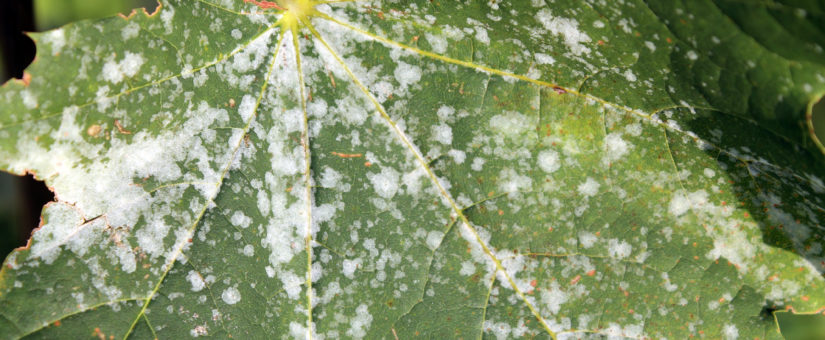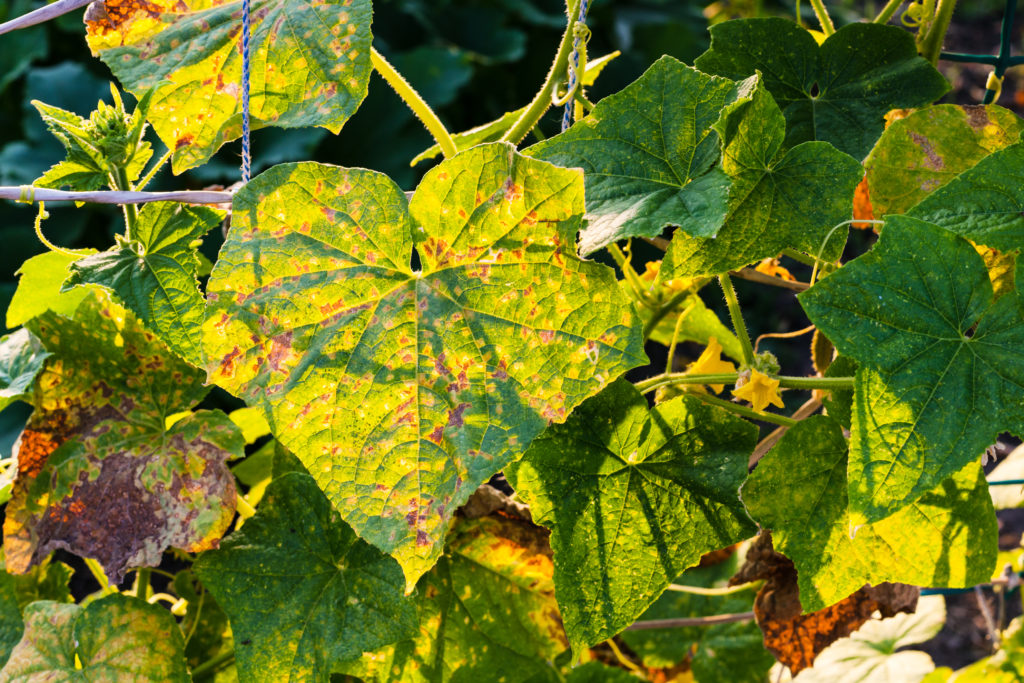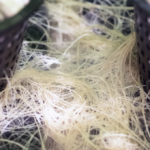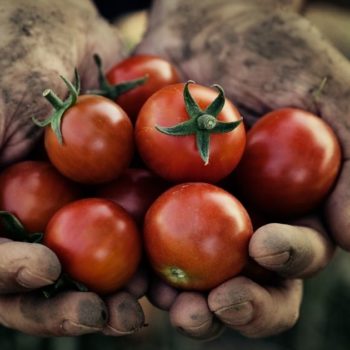
How to Eliminate Powdery Mildew
No matter how spotless your grow room is, pests and diseases, like powdery mildew, are part and parcel with indoor hydroponic gardening.
Common diseases like powdery mildew can infect everything from indoor plants to field crops resulting in low yields or even crop failure. Like 85 per cent of plant diseases, powdery mildew is caused by fungal-like organisms that thrive in humid greenhouse environments.
To help you produce a healthy and abundant harvest this year, here’s how to identify some of the most common pathogens in hydroponics:
Powdery mildew – Infected plants will display a white powdery residue on the leaves and stems. This disease usually begins on the lower leaves and, if left untreated, can result in stunted plant growth, leaf drop and even death.
Gray mold – If the leaves and stems on your plant look gray and feel mushy, it could be gray mold. This fungus typically starts near the soil surface or in the densest areas of the plant. Left untreated, your plant will eventually decay and die.
Root rot – Slow plant growth and yellowing leaves are a sign of root rot. This is a problem typically caused by overwatering.
Blight – This pathogen flourishes in cool, wet weather. If your plant is suddenly yellowing, browning, spotting, withering, or dying, it’s probably blight.
Spider Mites – Small yellow or brown spots on the leaves of your plant could be the result of spider mites. Without treatment, your plant will likely turn yellow and stop growing.

Prevention is the best defense against many plant pathogens. Fortunately, most plant diseases can be prevented through good gardening practices and non-toxic plant pathogen-control products.
8 ways to prevent pathogens from taking over your crop:
- Sanitize – Before you begin your growing season, make sure your greenhouse is clean and clear of last year’s crop debris, which may harbour diseases.
- Fertilize – A small amount of organic fertilizer will go a long way to help your plants stay strong and fight diseases.
- Water in the morning – Many plant pathogens thrive in damp, cool environments which can be prevented by watering your plants in the morning rather than at night.
- Mulch – Stop possible soil-borne fungi from splattering up onto the plants’ foliage with a layer of mulch.
- Spacing – Some pathogens thrive in moist, humid environments which are created when your plants don’t have room to grow. Follow spacing instructions on the back of your seed package.
- Remove diseased tissue – Plant pathogens from one diseased plant can easily spread to another via wind and rain. Remove diseased leaves and stems as soon as you see them.
- Use baking soda – This household ingredient is effective against a variety of plant diseases. You can easily make a baking soda spray at home by dissolving one teaspoon of baking soda into one quart of water.
- Apply chitosan – By modifying your growing medium with chitosan, you can help to boost your plant’s immune system against a wide variety of pests and pathogens, including powdery mildew. Chitosan will also increase your crop’s resistance to high heat and cold environments and has been shown to improve yields due to direct effects on plant nutrition and plant growth stimulation.
HYSHIELD is a unique Chitosan-based formula that will not only protect your crop from pathogens but also promote a bigger and better-tasting yield. HYSHIELD can be applied to crops as a foliar spray or drench and is compatible with all water-soluble nutrients and supplement programs.
- On March 3, 2020





